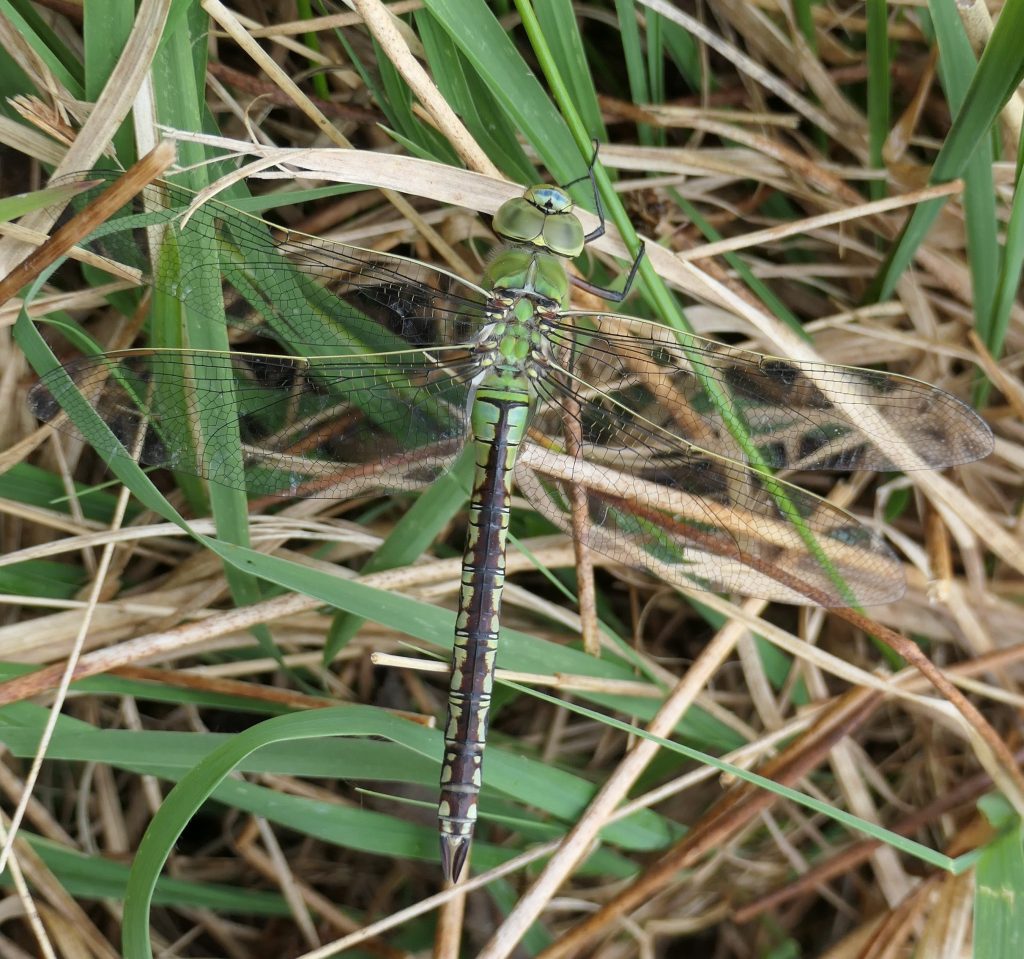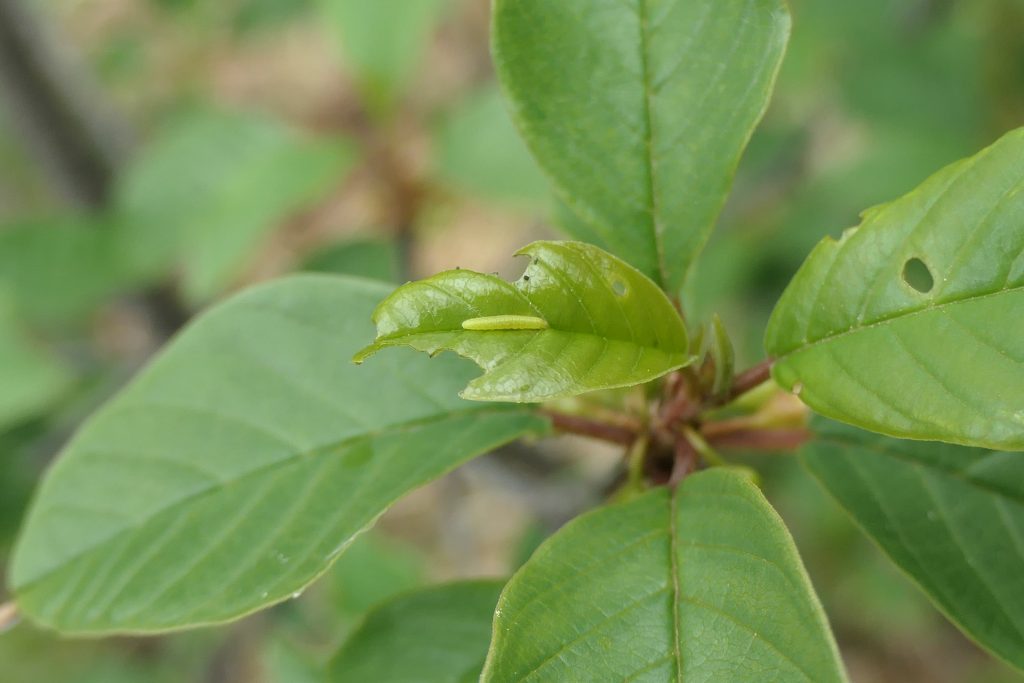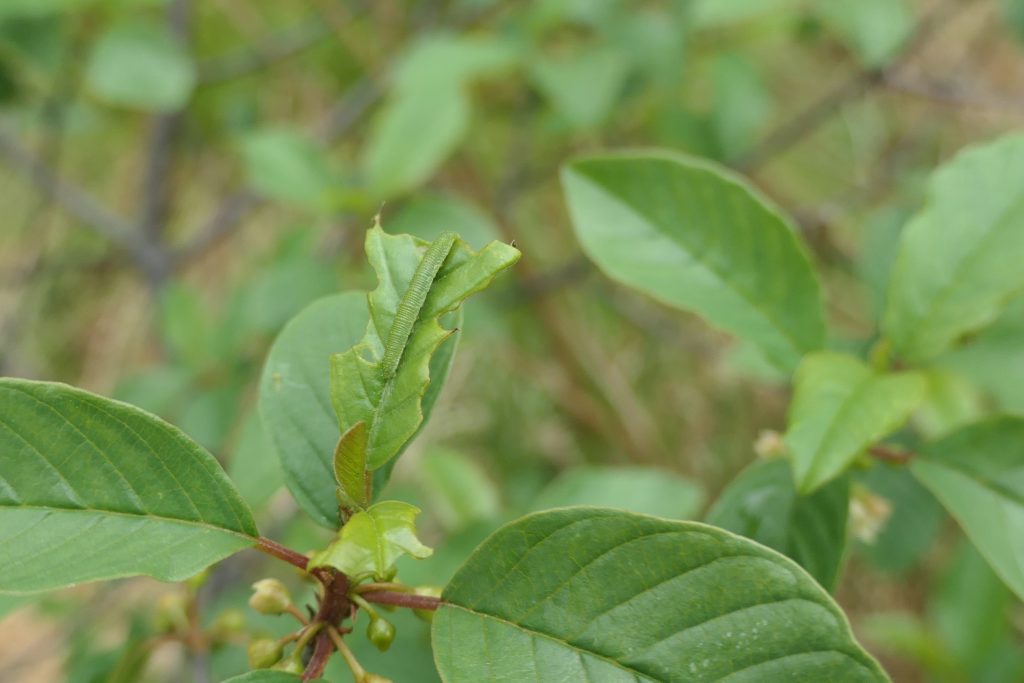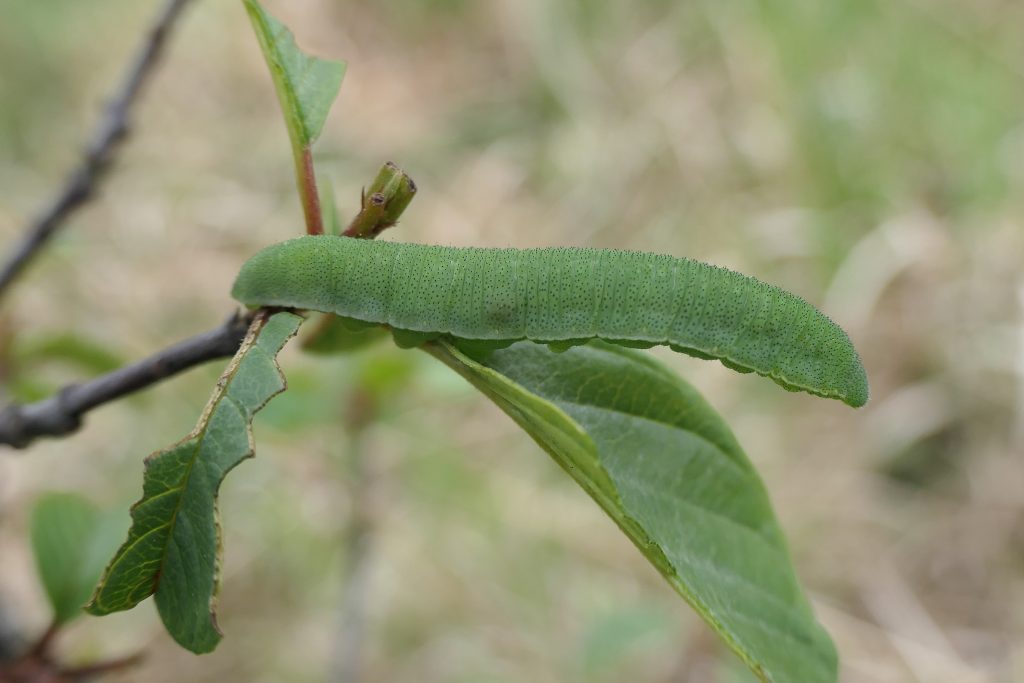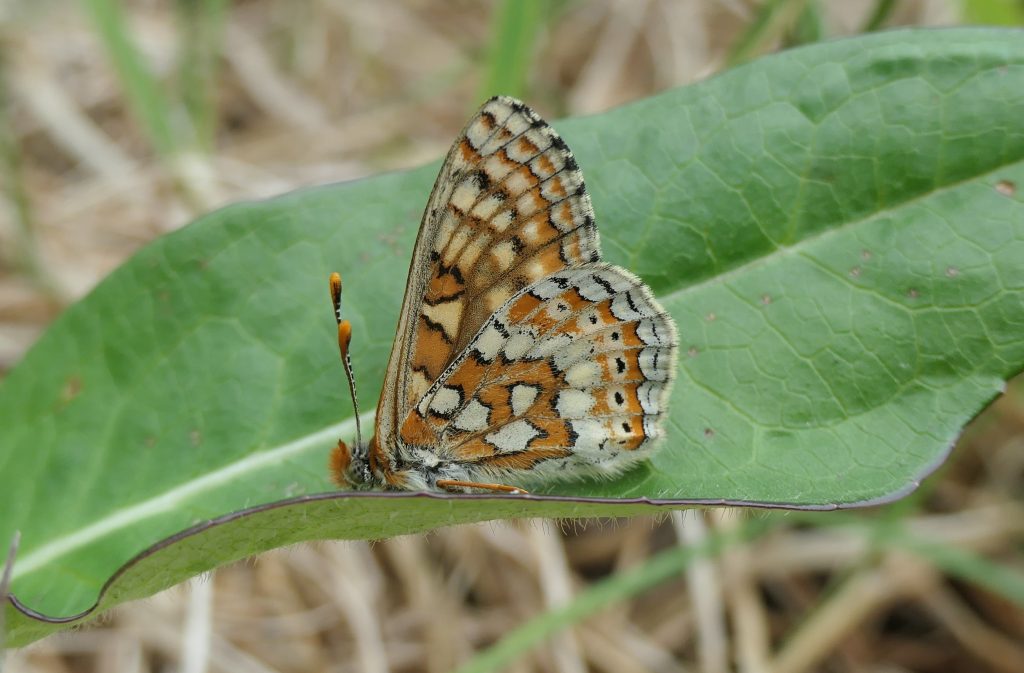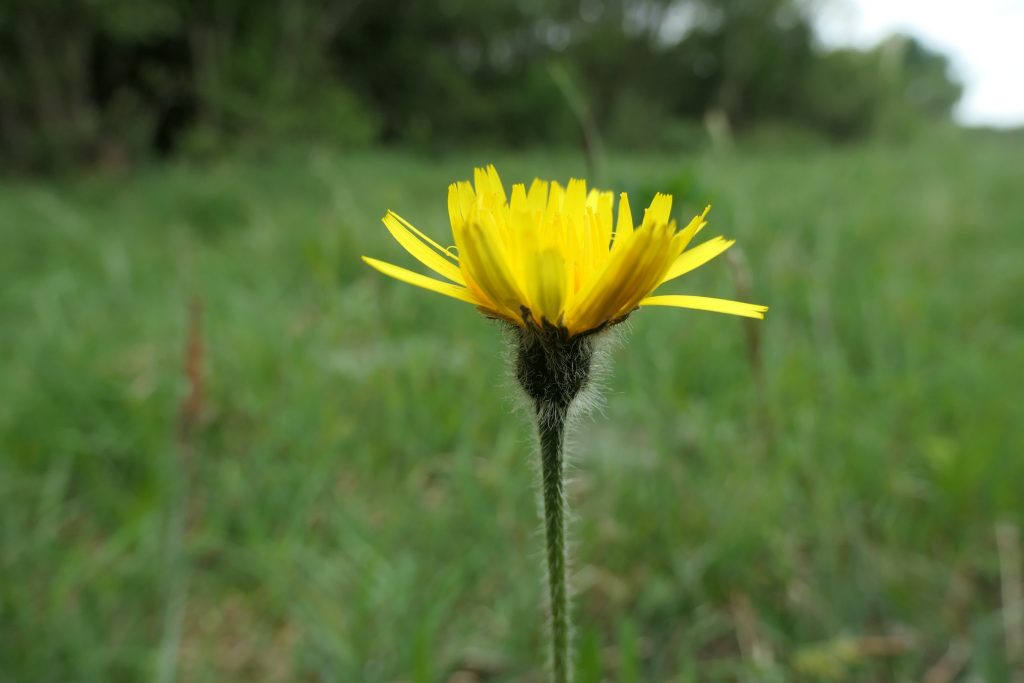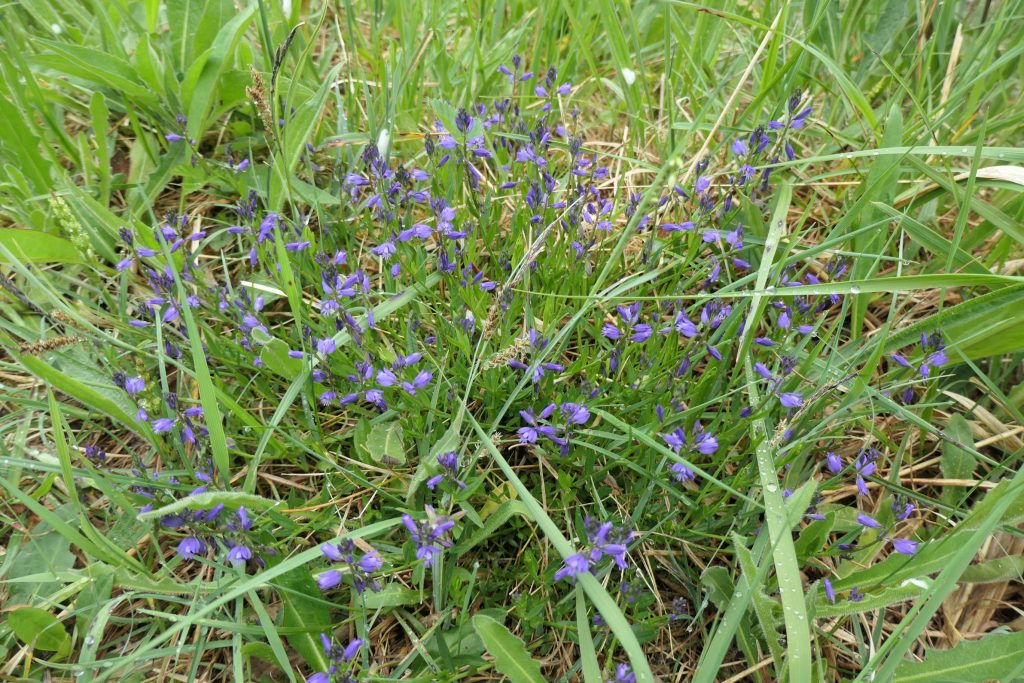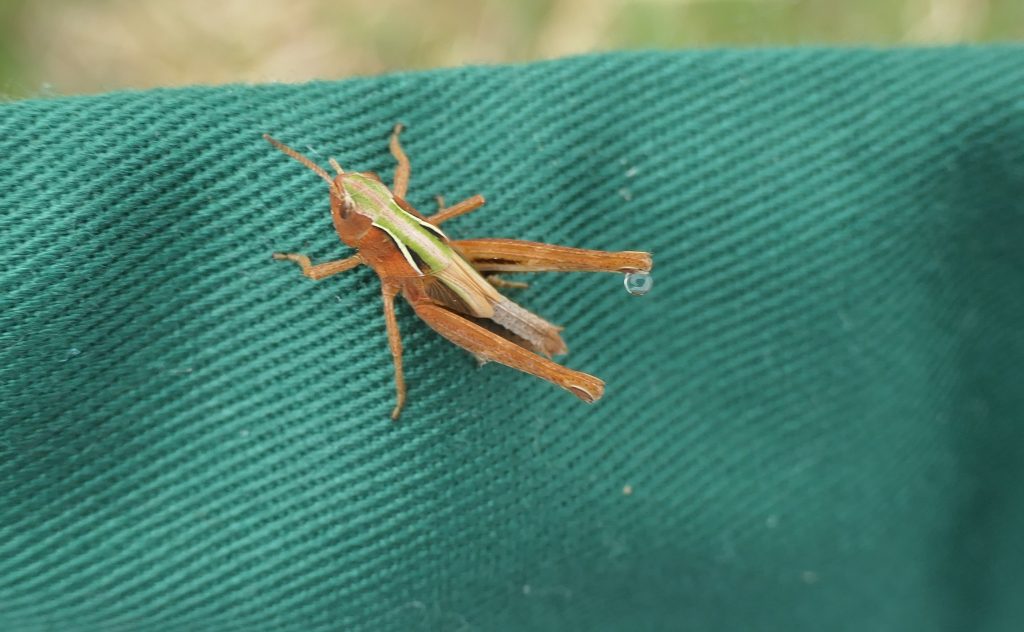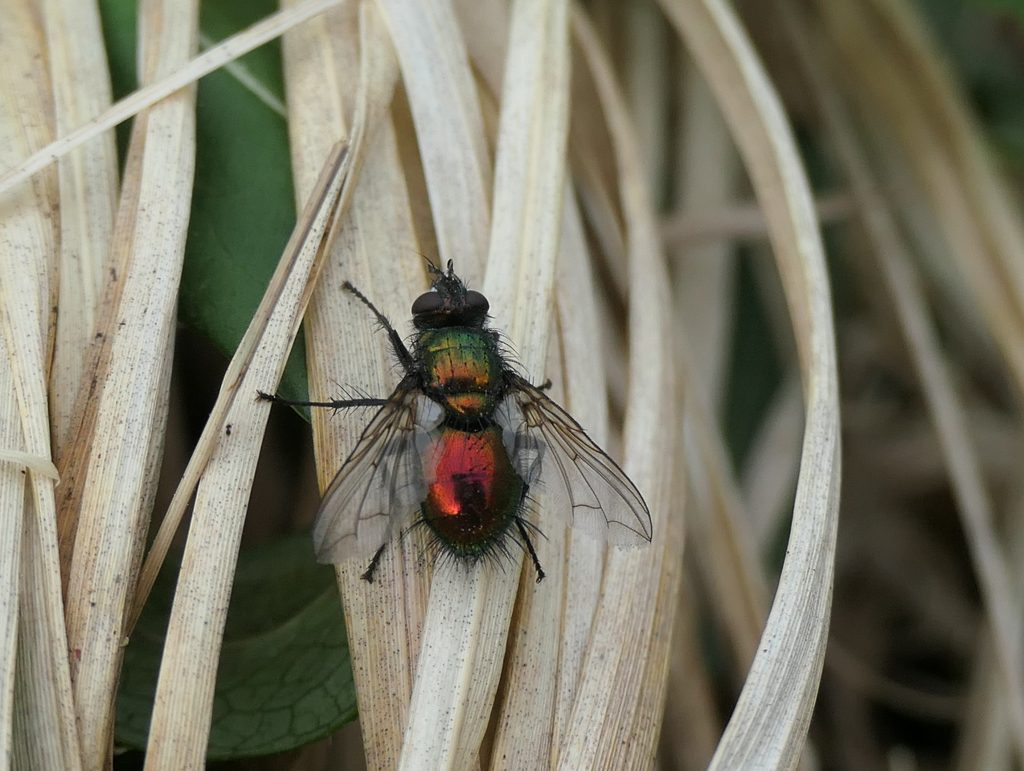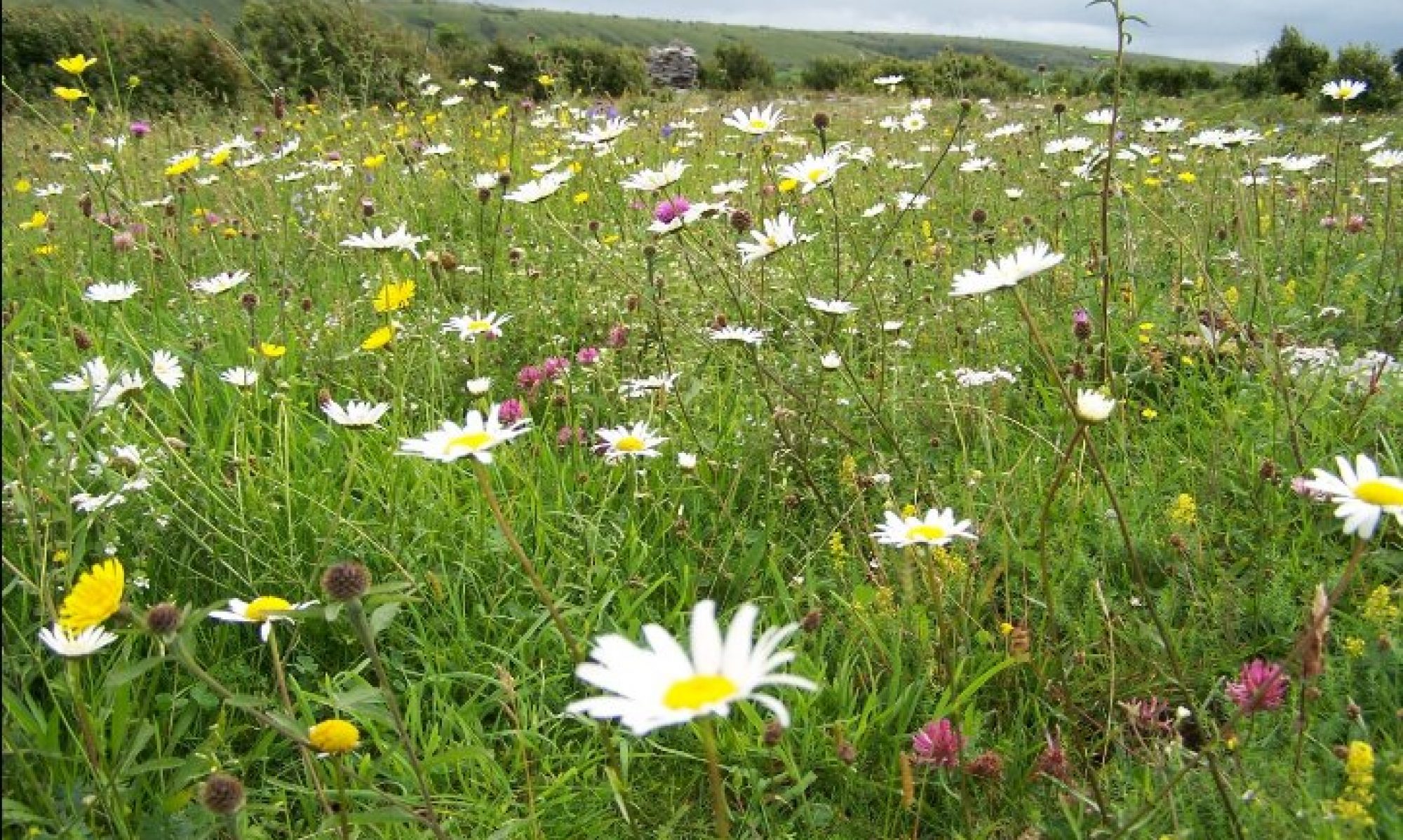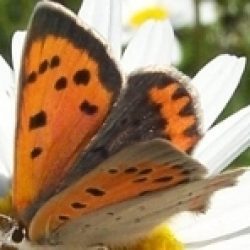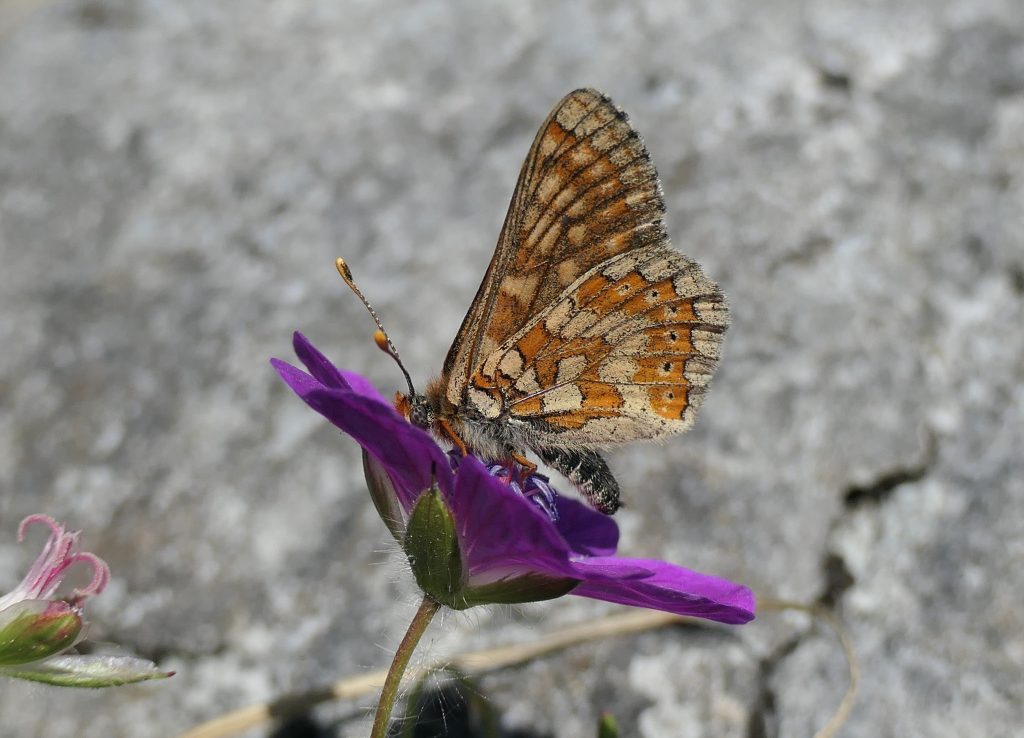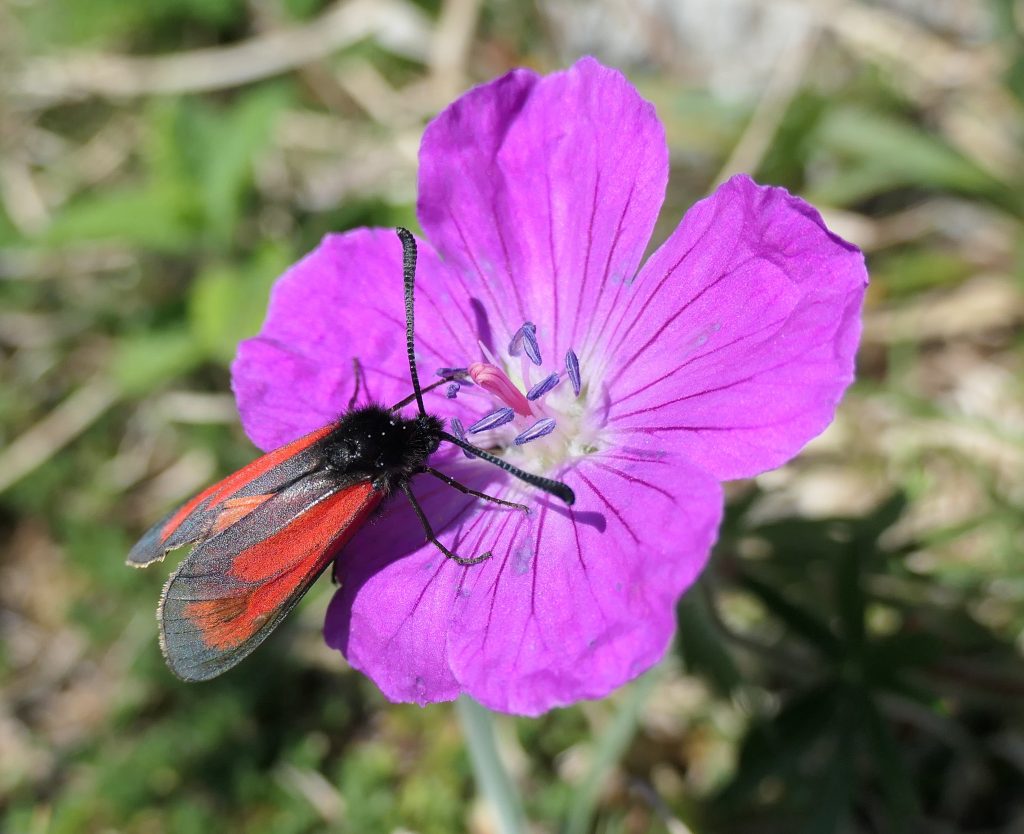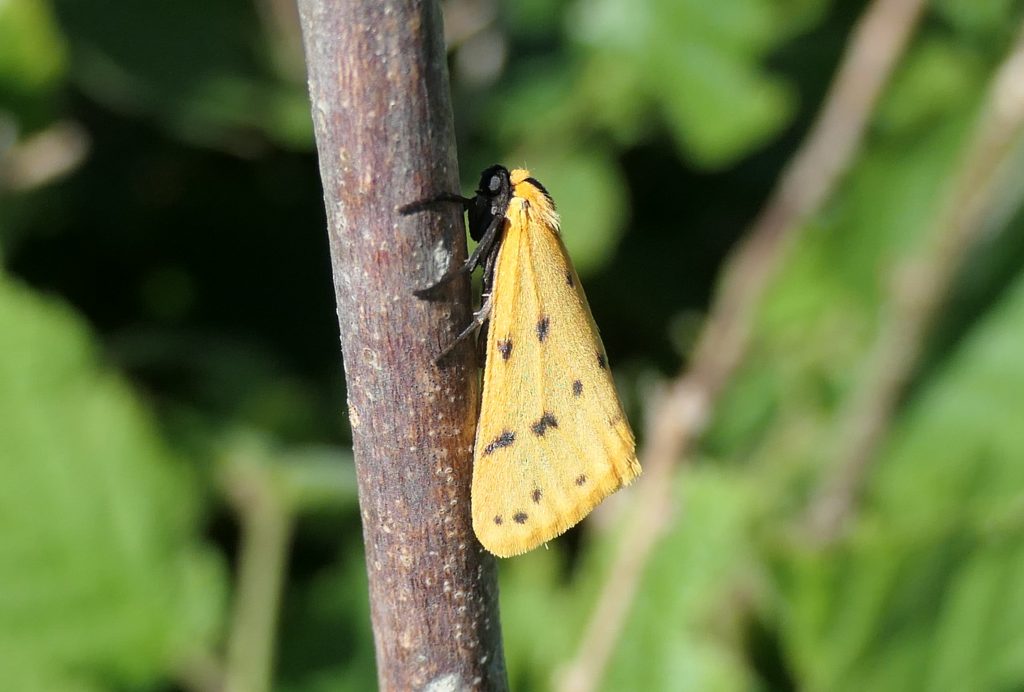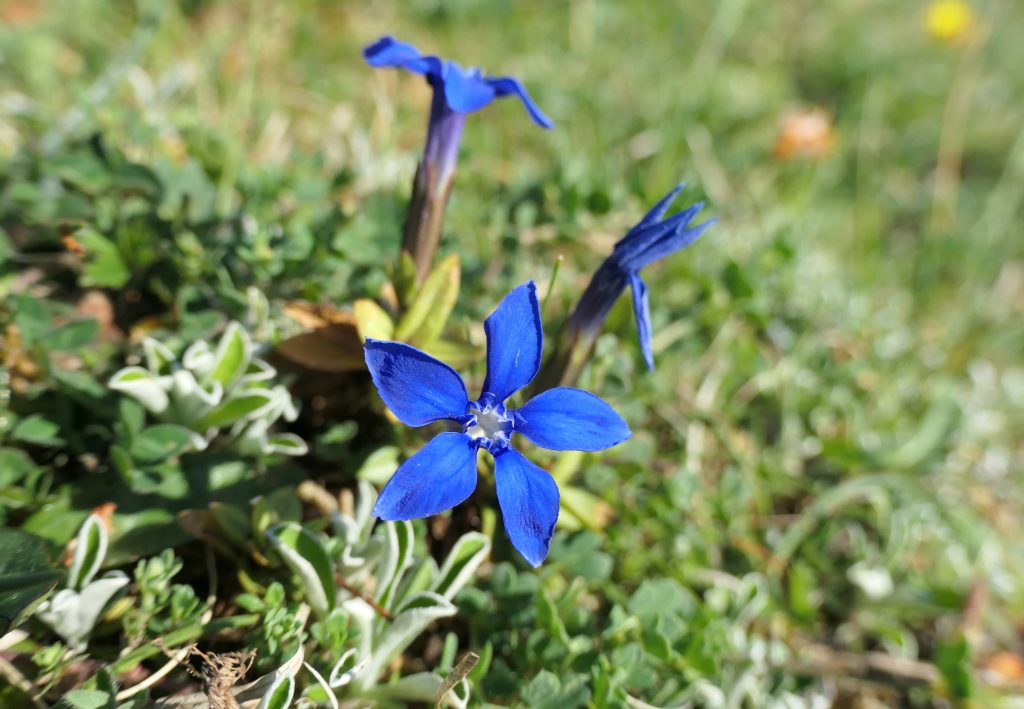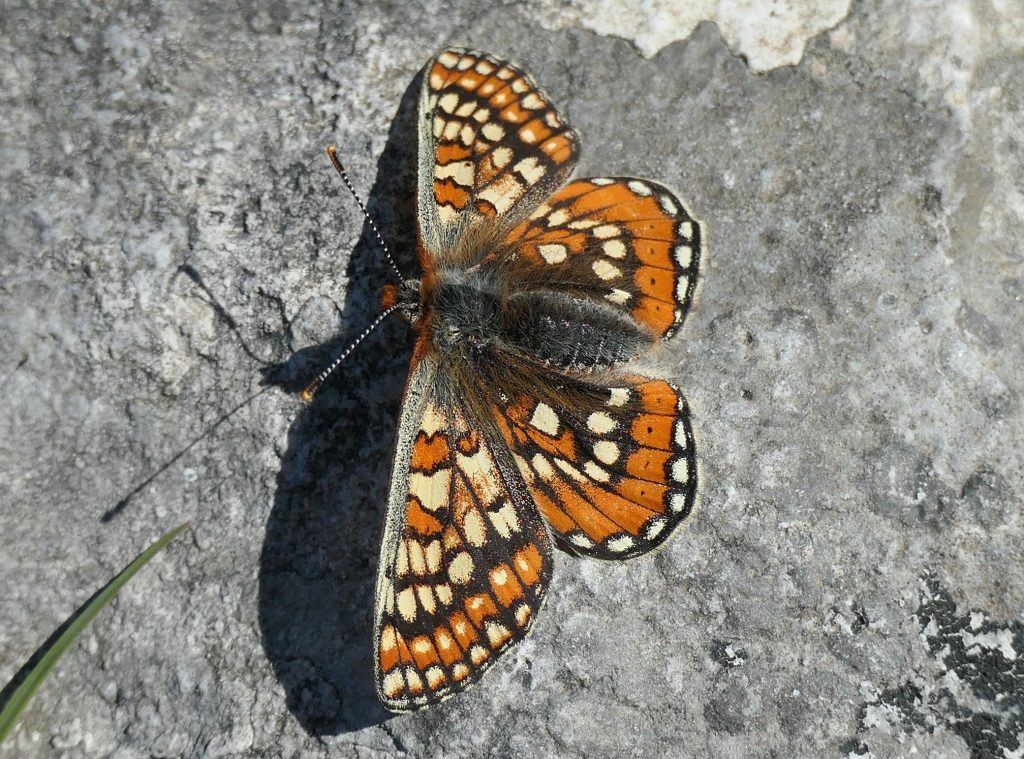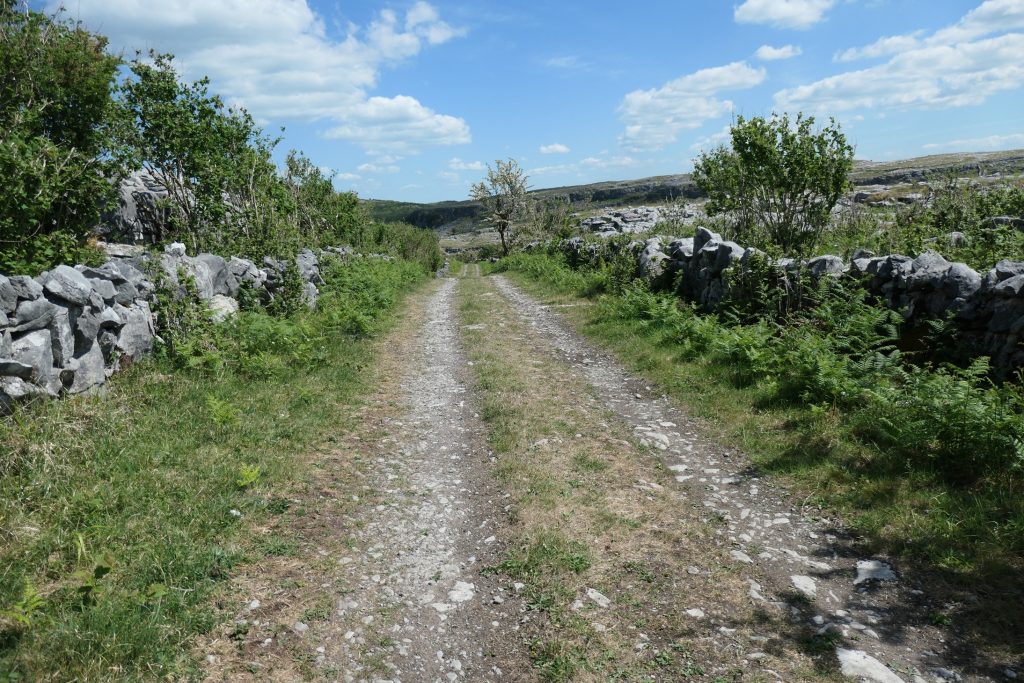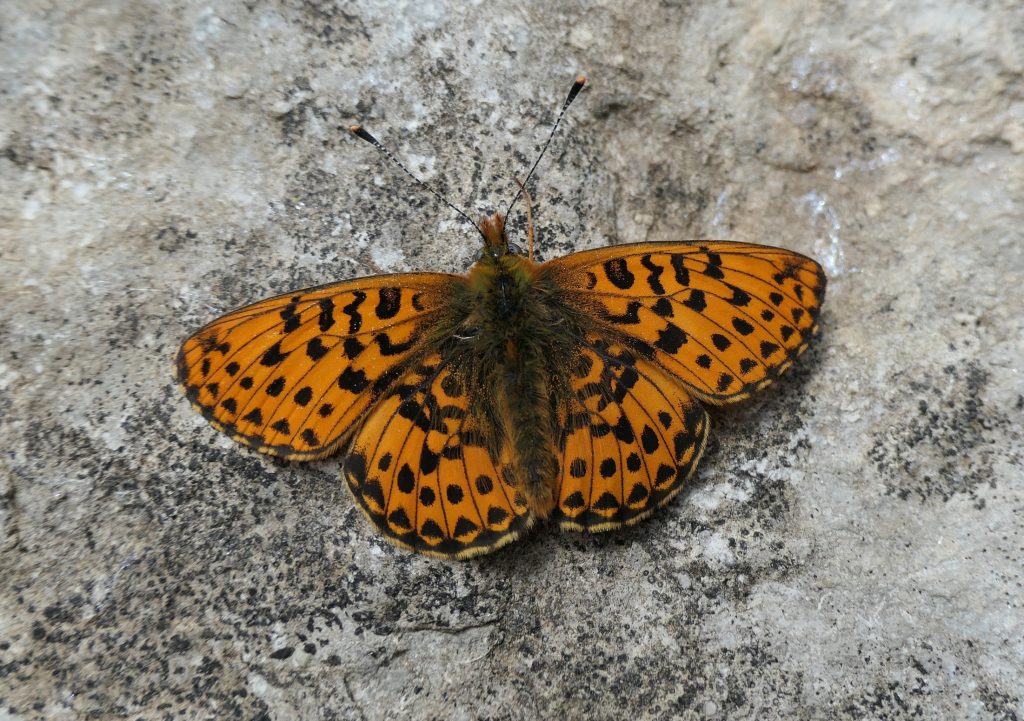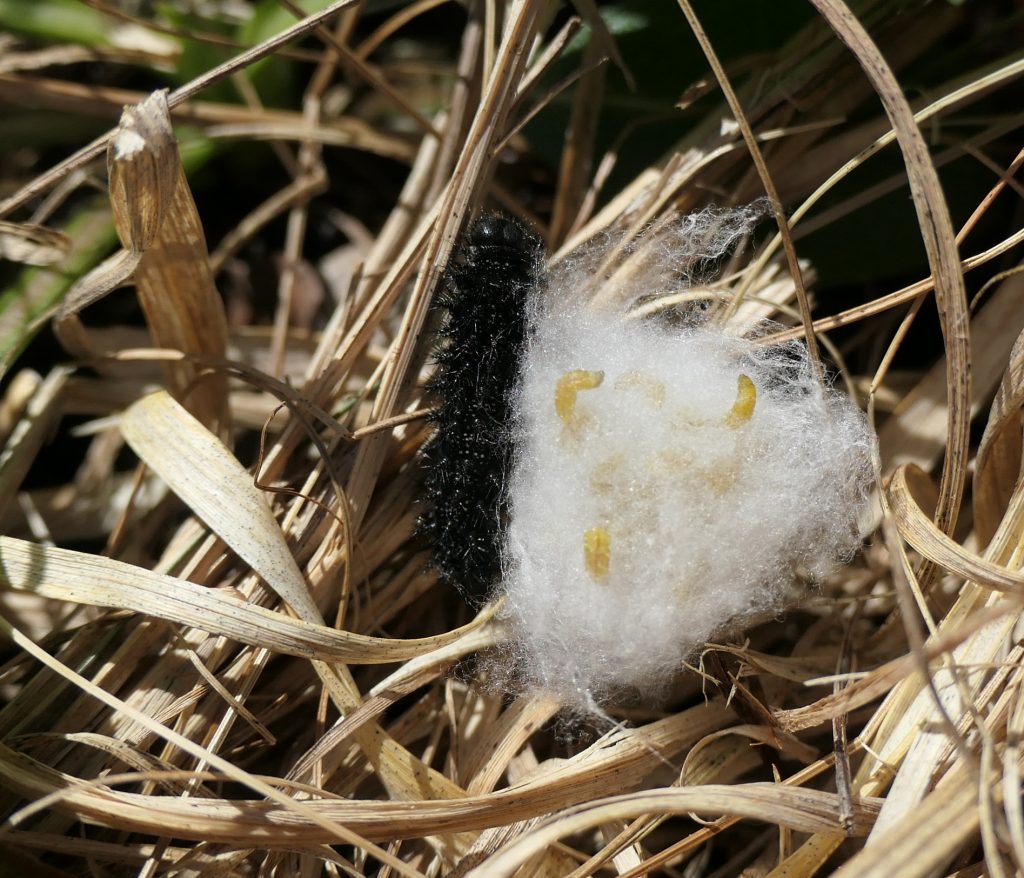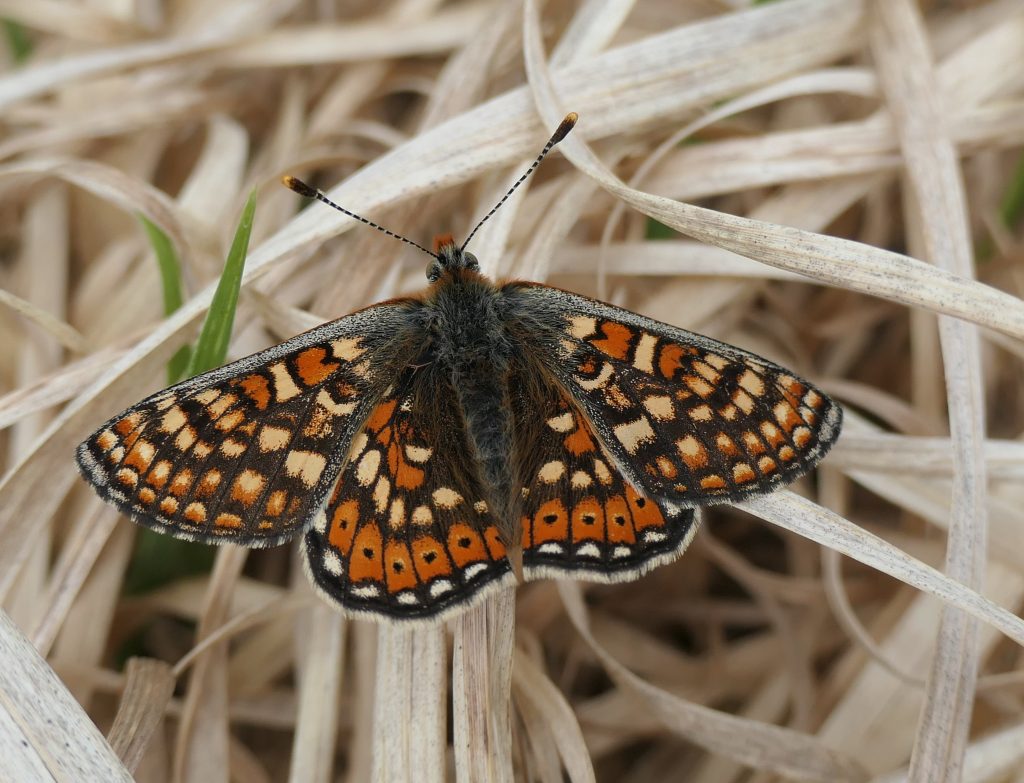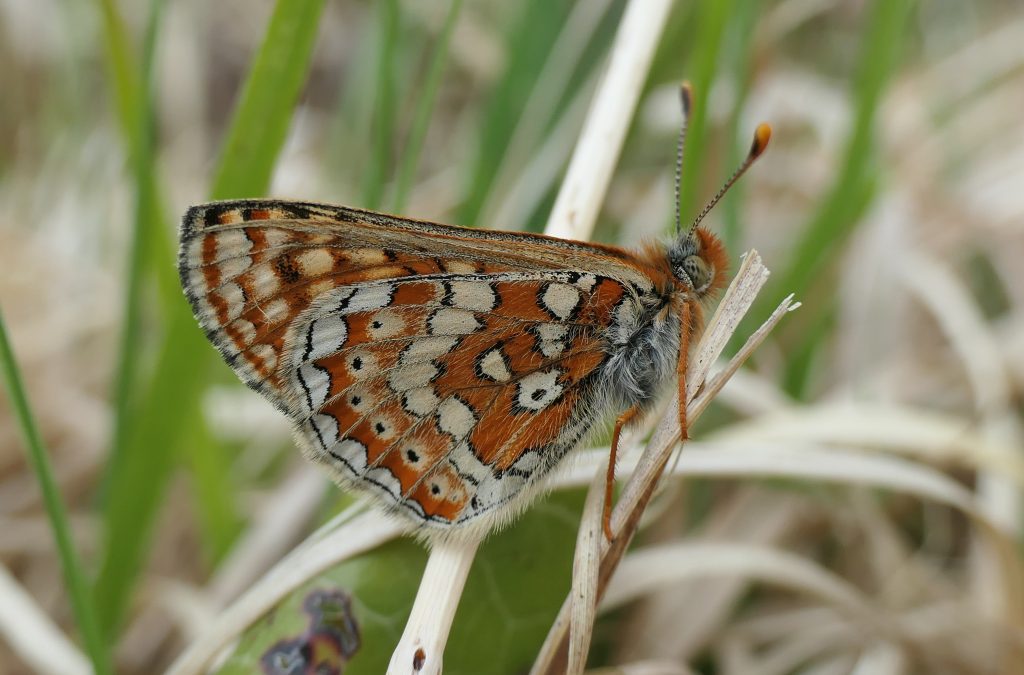An Atlas of Butterflies in Ireland 2010-2021 and the Handbook for the Irish Vegetation Classification was launched today at the Royal Irish Academy by the minister responsible for the National Parks and Wildlife Service, Christopher O’Sullivan TD, who described his ministerial brief as his ‘dream job.’ What follows is the speech made by Jesmond Harding on behalf of Butterfly Conservation Ireland.
Hello Everyone.
An Atlas of Butterflies in Ireland 2010-2021 maps the distribution of all thirty-five butterflies that occur in Ireland, comparing the pre-2010 distribution to the 2010-2021 period. It maps the distribution of each species at the 10km level and additional maps plot the distribution of three rare species at a finer resolution. The two identical-looking wood white butterflies are individually mapped, applying the results of laboratory analysis to confirm species identity.
The Atlas combines data from seven separate datasets applying different recoding methodologies that contributed 408,812 records. Accounts for our thirty-five species from 28 authors describe the appearance, habitat, ecology, distribution map and population status of each butterfly. Abundance trends are provided for the 15 commonest butterflies. Summary accounts and maps are presented for five vagrant species. The species accounts are supported by chapters on “History of Butterfly Recording in Ireland”, “Breeding Habitats for Ireland’s Butterflies”, “Background and Data Sources”, “The Changing Fortunes of Ireland’s Butterflies” and “Why are Some of Ireland’s Butterflies Declining?”.
On behalf of the three bodies that produced this Atlas, the National Biodiversity Data Centre, Butterfly Conservation Northern Ireland and Butterfly Conservation Ireland I want to express our thanks to all the butterfly recorders who have contributed butterfly records since 1900. The Atlas Steering Committee comprising Frank Smyth, Bob Aldwell, John O’Boyle, Mary Foley, Liam Lysaght and I provided key advice and guidance to develop the Atlas content and performed record verification. Tomás Murray, then Senior Ecology at the National Biodiversity Data Centre worked to recruit and train volunteers and on Atlas design. Enormous credit is due to our 28 Atlas authors and the species accounts editing team Pat Bell, Richella Duggan, Jim Fitzharris, Liam Lysaght, and I. Brian Nelson provided important advice that added significantly to text clarity and accuracy. Dave Manser of Vitamin did an excellent job designing the publication. Having been involved in the Atlas from the outset, I can confidently say that nothing Liam or I asked contributors to do was too much. A heartfelt thanks is due for everyone’s generosity.
This Atlas provides a baseline for future recording, but comparing the 2010-2021 period with the 1900-2009 period also offers a glimpse into the status of our populations in the past. In 1995 Daniel Pauly, a fisheries expert coined the term ‘shifting baseline syndrome’ to describe the acceptance of degraded natural ecosystems. Pauly knew that fisheries experts evaluated depleted fish stocks by taking as their baseline the state of fisheries at the start of their careers rather than fish populations in their natural state. In this way, each new generation redefines what is ‘natural’. What we see now or in the recent past is interpreted as the natural state of populations, prompting pre-baseline amnesia. Future generations of butterfly recorders in Ireland taking the 2010-2021 period as their baseline comparator should be less prone to pre-baseline amnesia.
However, given the limited recording carried out, especially before the mid-1990s, contemporary recorders recruited during the Atlas period might take what they see as natural. It is not. Even our commonest butterflies are suffering the assault of modernity. The figures are chilling. The Orange-tip, our loveliest spring butterfly, has declined by -68% during 2008-2021 and lost more than 10% of its distribution since the 1995-2009 period. The other common whites are showing benumbing losses: Large White – 76%, Small White – 77% and Green-veined White -87.2%. The Atlas tells us that only one species, the Holly Blue, has shown an increase in population size during 2010-2021. For the 15 commonest species, the average decline during 2010-2021 is -55.35%. The highest decline, -88% afflicts the Ringlet, a quiet inhabitant of tall, humid grassland. More alarmingly, the Hedge Brown/Gatekeeper, its deep orange uppersides glowing against the deep-green mid-summer shrubbery has lost 40% of the distribution it held before 2010, falling from an occupancy of 99 10 km squares to 59.
None of these butterflies are highly specialised species that only occupy rare habitats. The reasons for the declines are described in the Atlas. We need to be on high alert when our commonest species plunge so precipitously because it speaks to widescale environmental degradation.
The deeper solutions require societal change but at a minimum avoiding the destruction of the remaining natural vegetation on public land would help. In this regard, draining state-owned bogs to install wind turbines, Waterways Ireland rock armouring the banks of the River Barrow and removing the river’s riparian vegetation, applying herbicide in public parks to kill nettles and removing hedges and roadside trees are readily avoidable.
Beyond this, assiduous application of the EU Nature Restoration Law, protecting habitats at the landscape level, including creating a National Park on state-owned peatlands in northwest Kildare/East Offaly, will be a declaration of real intent.
The issue of chemically mediated agriculture must be addressed. Intensive farming damages our entire environment by polluting soils, water, and the atmosphere. Our butterflies are suffering from these pollution impacts. Butterflies are conspicuous and easily recordable, making them among the most reliable biological indicators we have. They indicate the quality of the soil, water, air, and vegetation.
Butterflies are the proverbial canary in the coal mine. The canary must not stop singing. If it does, we might not be around to see the results.
Thank you.
Ends
Some Key points from the Atlas
Of the resident species recorded:
16 showed no significant change in distribution.
Seven species increased in their range, with the Comma butterfly showing the largest expansion in range since it was first recorded in Wexford in 2000. It is now common in the southern part of the country. This is considered a natural expansion due to climate change. The others, from the largest expansion to the lowest, are Essex Skipper, Small Skipper, Marsh Fritillary, Holly Blue, Dingy Skipper, and Silver-washed Fritillary.
Nine decreased in range with the most dramatic being that of Wall. The Wall was recorded in 52.20% fewer 10km squares in 2010-2021 and before 2010. It has died out from large parts of the midlands (especially the north midlands) and is becoming increasingly confined to coastal habitats. It is thought that this decline is the result of dual factors associated with excess nitrogen in the environment and a changing climate.
The research shows that whilst changing environmental conditions results in more favourable habitat conditions for a small number of resident species, it primarily creates conditions that are less favourable, leading to the decline in many species of butterflies in Ireland.
The two publications are available to purchase online at the Biodiversity Ireland Shop.
Further information: https://www.npws.ie/news/minister-o%E2%80%99sullivan-launches-two-landmark-publications-support-ireland%E2%80%99s-biodiversity-and
